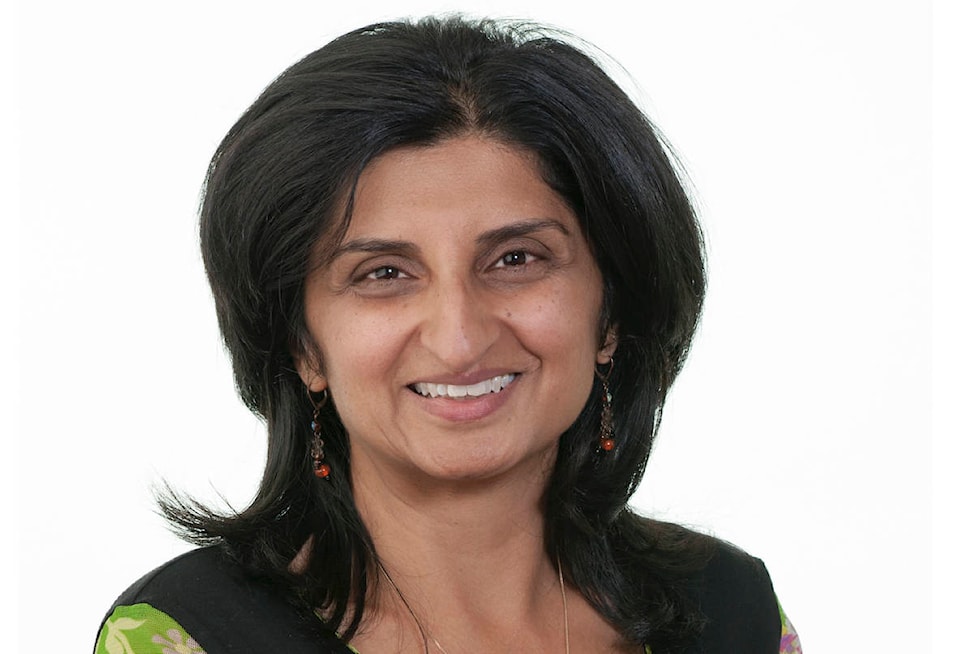It is a challenge to speak openly about racism in our community. Racism is viewed by many as a mean, intentional, conscious dislike of people because of race. And because the vast majority of us do not engage in malicious comments or acts against others, we may feel we are exempt from racism and may find it easier to ignore or dismiss.
But in fact racism in Canada is a society-wide dynamic, a system of discrimination based on race, that is backed by legal authority and institutional control that offers an advantage or disadvantage based on one’s race. This unearned advantage is built into our existing social system and is available to those who are seen or perceived as being white. This disadvantage occurs only to those who are seen or perceived as racially different than the norm, i.e. people of colour.
Racism is not only important because Black, Indigenous and people of colour are dying disproportionately at the hands of law enforcement. It is important because race influences every facet of our lives: from reduced access to healthcare and poorer health outcomes to fewer educational opportunities and achievements, less access to available employment, differential income and less accumulated and generational wealth. There is no respite from the disadvantages accrued from racism.
The Colour of Poverty campaign has produced numerous data on the effect racism has on people of colour in Canada. In addition to some of the statistics included below, many more striking facts can be found on their colourful fact sheets.
The worst health outcomes in Canada are experienced by Indigenous peoples. Suicide rates among Indigenous youth are up to seven times higher than their non-Indigenous counterparts. Black, Indigenous and women of colour are consistently underscreened for breast and cervical cancer. This is particularly problematic for Black women who are at an increased risk for more aggressive forms of breast cancer that tend to occur at younger ages and result in overall higher mortality rates.
Black and Indigenous people face discrimination in schools; they are more often streamed into lower level non-academic programs and disproportionately targeted for expulsion. This racism affects their ability to graduate — 69 per cent of Black students and 50 per cent of Indigenous students graduated from high school in Ontario in 2015 compared to 84 per cent of their white peers.
Black, Indigenous and people of colour have up to 43 per cent higher unemployment rates than white men. In 2018 in Ontario, Indigenous people were reported to have 63 per cent unemployment compared to the seven per cent provincial average. And for those who argue that the jobs are going to the most qualified, there is evidence that when equivalent applicants apply for jobs, those with African, Asian or Muslim “sounding” names experience discrimination by employers.
Income in Canada is also distributed along racial lines. For every dollar a white man earned in Ontario in 2015, men of colour earned only three-quarters of a dollar and women of colour fared far worse, earning a little over half a dollar. In 2016 in Ontario, 11.5 per cent of white families were found to live below the before-tax low-income cut-off compared to 18-to-40 per cent of people in other non-white racial groups. These families that have to spend 70 per cent or more of their income on food, shelter and clothing are forced to live in abject poverty.
With regards to police enforcement, there is ample data on racial profiling and bias within policing. Being Black or Middle Eastern in Ottawa earned drivers a stop by police in frequencies disproportionate to expectations based on their representation in the population: more than double for Black people, more than triple for Middle Easterners, more than eight times greater for young Black men and a shocking 12 times higher for young Middle Eastern men.
And once Black, Indigenous and people of colour are arrested, they are more likely to find themselves in pre-trial detention than their white counterparts. And once convicted, Black people who comprise only 3.5 per cent of the general Canadian population disproportionately make up 10 per cent of the incarcerated population in Canada. More alarming still is that 35 per cent of women sentenced in Canada are Indigenous despite this group representing only around four per cent of the population.
Ejaz Choudry, Rodney Levi, Chantel Moore, Regis Korchinski-Paquet: they are just the last few Black, Indigenous and people of colour who have died at the hands of Canadian law enforcement. The numbers do not add up — a recent CTV analysis demonstrated that while Black, Indigenous and people of colour comprise approximately a quarter of the population they represent more than half of the deaths involving police.
It is undeniable that the Canadian institutional system of racial discrimination seeps into all areas of our lives. We are born into it, we go to school within it, we attempt to secure gainful employment through it and we sometimes tragically die as a result of it.
As Anaïs Nin wrote, “We do not see things as they are, but as we are.” Those of us who have racial privilege need to start to see things through the eyes of those who have to swim against the current of entrenched racism. We need to acknowledge that systemic racism exists and that we are all part of this larger system.
As Dr. Martin Luther King said “We have to repent … not just for the vitriolic words and violent actions of the bad people, but for the appalling silence and inaction of the good people.” Let’s break our silence so that the colour of our skin no longer defines our place in Canadian society.
Dr. Shelina Musaji is a member of the West Kootenay People for Racial Justice. She lives in Nelson.
